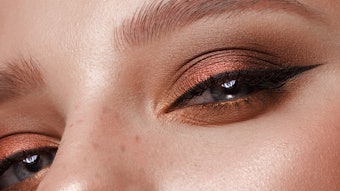
This story is adapted from content published on www.sciencedaily.com, May 21, 2015.
Skin pliability and elasticity was found to improve after treatment with onabotulinum toxin A (Botox) for mild facial wrinkles. The effect of Botox lasted for up to four months, according to a report published online by JAMA Facial Plastic Surgery.
Human skin has three biomechanical features:
- Strength;
- Pliability (the ability to stretch); and
- Elasticity (the ability to recoil).
James P. Bonaparte, MD of the University of Ottawa, and David Ellis, MD of the University of Toronto, both in Canada, sought to get a better handle on the effect of Botox on the skin by studying its effect on 48 women (43 completed the study) treated at a private cosmetic surgery clinic for mild wrinkles of the forehead and around the eyes.
The authors observed that Botox injections in the facial skin resulted in increased pliability and elastic recoil. These biomechanical changes mimic those of more youthful skin.
The mechanism for this skin change is unclear but the effect of the Botox injections is similar to a radiofrequency skin tightening procedure. However, by four months these improvements returned to how the skin was before treatment.
"The changes occurring in patients' skin appear to be the opposite of those associated with the aging process and UV radiation exposure and inflammation.
This study also suggests that the duration of effect of these changes mimics the duration of effect of the medication. Future studies are required to determine and quantify the histologic changes that are occurring," the study concludes.










